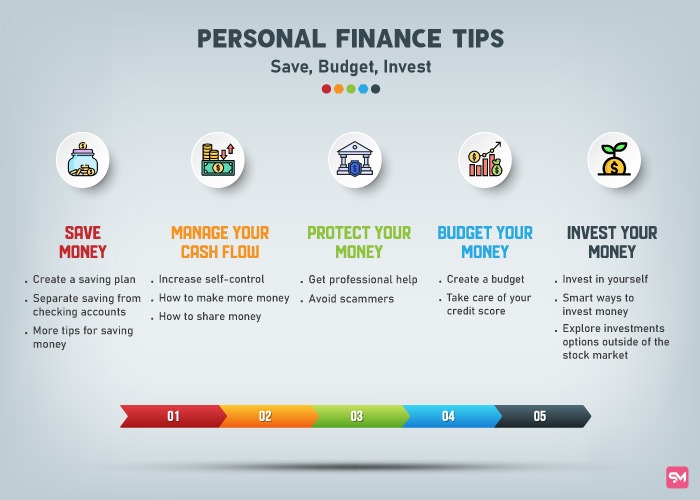Personal finance bloggers cover the gamut of money management, debt reduction, saving, investing, and other strategies intended to deliver long-term stability and real wealth to those who read them. Consumer debt, economic uncertainties, and sundry complexities in financial products make personal finance blogging a very in-demand resource for control of people’s financial futures.
In this article, we shall be exploring what personal finance blogging is, why it is important, and how you can either start a personal finance blog or follow one to improve your financial literacy.
What is Personal Finance Blogging?
Personal finance blogging involves the composition of information regarding financial matters, such as budgeting, saving, investing, retirement planning, and more. The subjects covered by personal finance blogs are relatively vast, containing subjects that guide readers through understanding aspects of personal finance and money management.
Bloggers commonly share their personal stories, tips, strategies, and opinions on any financial topic. That’s very distinctive, given the human touch as opposed to financial news or strictly academic articles. A personal finance blog can be a strong means of learning because it offers both real-life experiences and expert inputs.
One of the core advantages of personal finance blogging is that it is accessible. Finance is such a scary subject, full of jargon and confusing concepts, but personal finance bloggers break down these concepts in simple terms. That makes financial literacy more accessible than possible to an infinitely large audience, regardless of their background or financial situation.
Common Topics in Personal Finance Blogging
While every personal finance blog is unique, most of them include one or more universal subjects that affect everyone at some point or another:
Budgeting: Effective money management begins with budgeting. Most personal finance bloggers include templates, resources, or step-by-step explanations about generating a realistic budget that will help attain financial goals. They also share insights on sticking to a budget and avoiding pitfalls.
Debt management: Debt management is often discussed, including possibly paying off student loans or credit card debt quickly and efficiently. Some of the most popular headlines may feature writers expressing their personal success stories using debtor “snowball” and “avalanche” methods.
Saving money and building an emergency fund: Most blogs teach the reader about saving for emergencies to cover anything from a medical bill to a job loss. Among more common advice articles are saving tips, recommendations for high-yield savings accounts, and ways to automate saving.
Investing: Knowing how to invest is crucial for building long-term wealth. Many amateur bloggers explain simple investment strategies and teach inexperienced people how to begin investing, including index funds and ETFs or real estate investing. Others suggest more advanced techniques, such as tax-advantaged accounts, including 401(k) and IRAs.
Financial independence and retirement planning: Most readers are working towards achieving financial independence, and these bloggers often share their journey through early retirement. Common topics of discussion include the FIRE movement, tactics for saving aggressively, and tips on living a frugal life.
Side hustles and passive income: Many readers are now looking to find ways to make extra money, either as a side hustle or a source of passive income, aside from budgeting and saving. Readers might be listening for ideas on part-time gigs, freelancing, or whatever else besides primary income sources.
How to Start a Personal Finance Blog
If you are keen on money management but wish to share the same knowledge with the world, then a personal finance blog is the best avenue for impacting people. How to begin starting such a blog includes:
Choose Your Niche: Personal finance is a very general topic. It’s good to narrow your focus. Do you want to specialize in budgeting for families, investing for beginners, or financial independence? With niche topics, you attract a more focused audience and can deliver deeper insights.
Build A Blogging Platform: At this point, you need to create your blog. Most people know bloggers who use WordPress, Wix, and Squarespace, among other platforms. Use a clear, professional theme and ensure it is easy to use and even SEO-friendly.
Content: King-in personal finance blogging Create Quality Content. This means going beyond mere survival; it happens when you offer advice that can be implemented, insightful tips, and real-life stories that your targeted readers will identify with. Posting at least once a week will help you build your loyal following.
Promote your blog: Promote your writing and interact with readers on social media sites like Instagram, Twitter, and LinkedIn. To expand the audience for your blog, you may also take part in personal finance-related online forums.
Conclusion
Personal finance blogging is an essential tool in today’s society, giving people the knowledge and power to control their finances positively. Whether you want to start your own blog or just seek advice on managing your finances, personal finance blogs are a valuable resource to guide you toward financial independence and long-term success.

